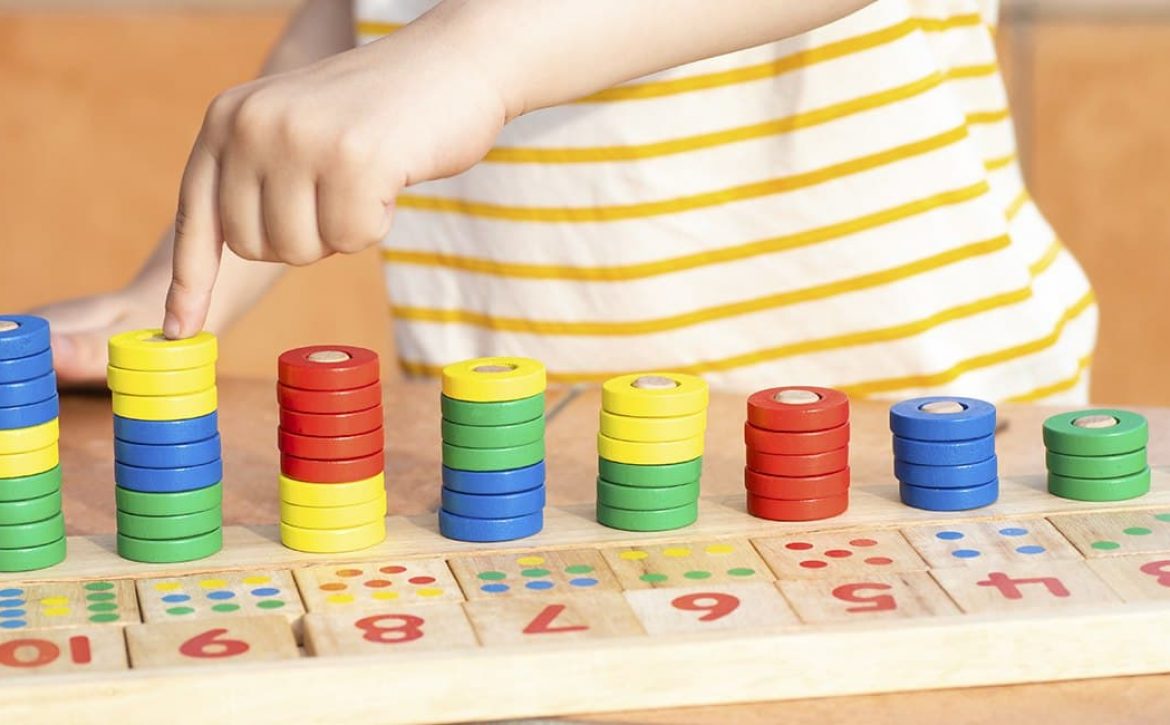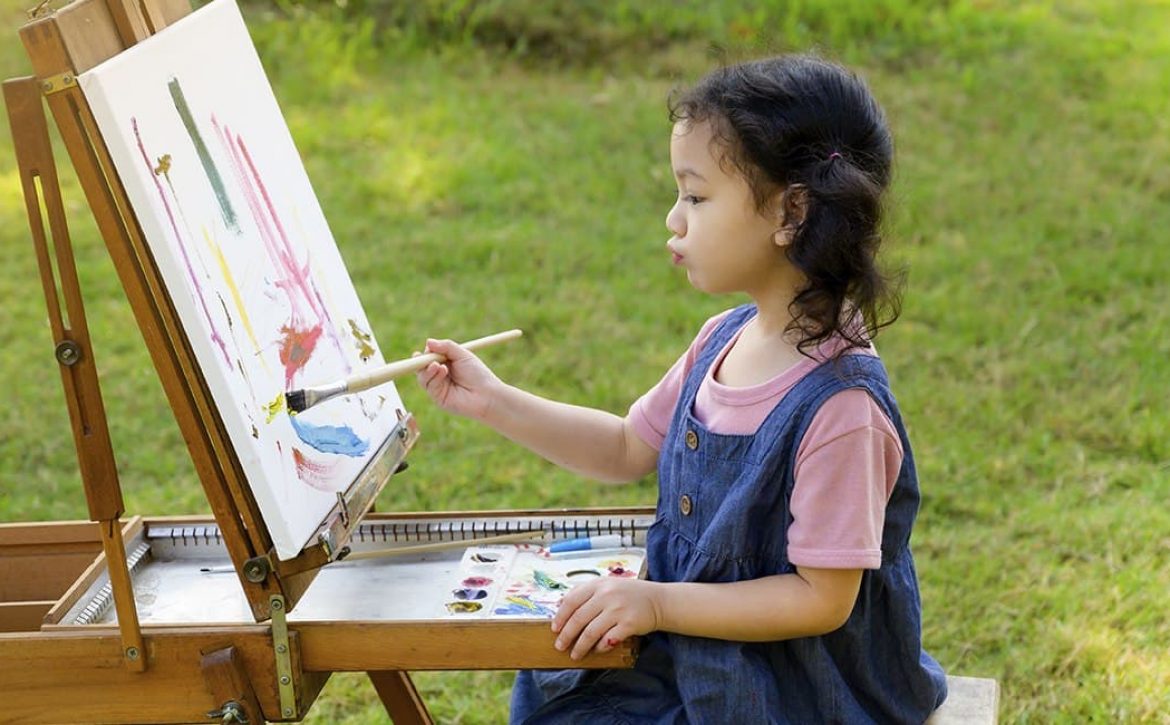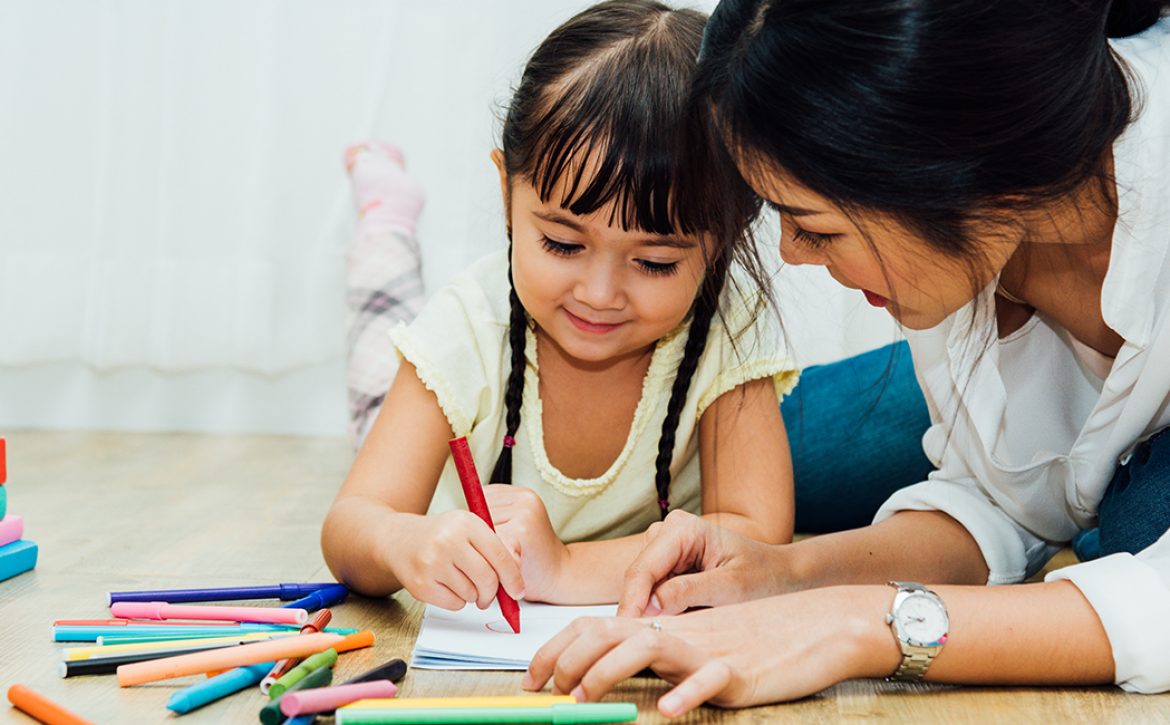Simple Strategies to Improving Your Child’s Math Skills
As a parent, you actively support your child’s learning. Today – more than ever before – we must help children develop an appreciation for mathematics. In doing so, they are sure to master the subject.
Our world is becoming increasingly technological. As a result, it demands for a strong skill set in mathematics in both our personal and professional lives. As technological innovations continue to progress, these demands are expected to increase over the lifetimes of today’s kids.
As a parent, it is our job to ensure that our kids are equipped with the skills that are needed to succeed in school, in college, and in the workforce. We must become involved in their learning as early as possible. This will not only display a positive attitude towards mathematics, but, will aid in the development and reinforcement of their skills.
In this two-part series, we will present to you several simple strategies that will aid in improving your child’s math skills.
1) Aid in the Development of the Understanding of Mathematical Concepts
The first strategy to helping your child improve their math skills is to aid in the development of the understanding of mathematical concepts. In elementary school, your child should start learning the most basic concepts in the subjects of measurements, geometry, logic, algebra, and statistics. The goal during this time should be to encourage the child to solve problems by applying the knowledge that they have acquired in math to new situations. Many schools, math coaches, and families encourage kids to think of themselves and refer to themselves as mathematicians. During this period, kids should develop the ability to reason in a mathematical fashion and to communicate math-based ideas through both talking and writing.
2) Develop and Display a Positive Attitude towards Math
The next strategy for improving your child’s math skills is to develop and display a positive attitude towards math. If you project the attitude that math is an important element when it comes to life skills and job skills, your child will develop an appreciation for math.
If you see math as a useful, fun activity, your child will see it as useful and fun, too! Your attitude towards math will heavily influence your child’s attitude toward the subject, as well as how they approach learning about the subject. Remember, simply stay positive!
3) Encourage Your Child to Become a Problem Solver
The third strategy for improving your child’s math skills is to encourage them to become a problem solver. When pushing for your kid to become a problem solver, be certain to make it fun and exciting. You could, for example, tell them that it is similar to becoming a detective.
Encourage your child to ask questions, investigates, and explores all possible solutions to problems. Encourage them to stick to a problem until a solution is discovered. Push for the child to apply math to everyday events and situations. Additionally, include your child in basic or routine activities that directly involve math and encourage them to take an active role in solving the problem at hand.
This concludes part one of this two-part series. By applying the strategies outlined in this guide, you will find that your child will start to excel at mathematics.
As a parent, you should aid in the development of your child’s understanding of math, develop and display a positive attitude towards math, and encourage your child to become a problem solver.
If you take these steps, both you and your child will grow in your appreciation for math.
Reference: https://miraclemathcoaching.com/






